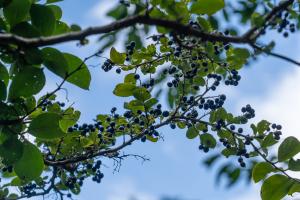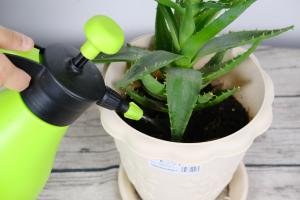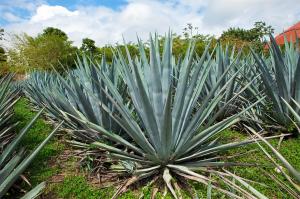Why Is My Plant Turning Yellow?
If you鈥檝e noticed that your plant leaves are turning yellow, you may be wondering what鈥檚 causing this condition. Here are some possible reasons that may be the cause of your plant turning yellow.
Lack of Essential Nutrients
One of the main reasons why plants turn yellow is due to a lack of essential nutrients such as nitrogen, magnesium, or iron. Nitrogen is one of the essential macronutrients that plants need to produce chlorophyll, which gives them their green color. Without enough nitrogen, your plants will start to turn yellow.
Similarly, magnesium is essential for photosynthesis to take place, without which the plant鈥檚 leaves start to turn yellow. Iron is also an important nutrient that helps the plant produce chlorophyll. If there is a lack of iron, the plant will lose its green color, and the leaves will turn yellow.
Overwatering or Underwatering
Plants can also turn yellow due to overwatering or underwatering. Overwatering may lead to root rot, making it difficult for the plant to absorb essential nutrients. As a result, the leaves may start to turn yellow. On the other hand, underwatering will lead to dehydration and wilting, causing the leaves to turn yellow and eventually fall off.
Pest Infestation
Pest infestations can also cause plants to turn yellow. Aphids, spider mites, and whiteflies, among others, feed on plant tissues, causing leaf discoloration and deformation. If left unchecked, the pests can cause significant damage to the plant, leading to its death.
Disease
Plants can also turn yellow due to diseases such as fungal and viral infections. Fungal infections such as powdery mildew can cause yellow spots and patches on the leaves. Viral infections, on the other hand, will cause the leaves to turn yellow and curl up. If you suspect that your plant is suffering from a disease, it鈥檚 best to consult an expert for treatment options.
Solution
The solution to a yellowing plant will depend on the underlying cause. If the plant is lacking essential nutrients, you can try fertilizing it with the appropriate nutrient solution. In the case of overwatering, reduce the frequency of watering and only water when the soil is dry to the touch. For underwatering, water more frequently and ensure the soil is well-draining. Pests can be eliminated using insecticides, and diseases can be treated using fungicides or by cutting away the affected areas.
In conclusion, a yellowing plant is an indication that something is not right. By identifying the underlying cause and taking the necessary corrective measures, you can help restore your plant to good health.

 how many times do yo...
how many times do yo... how many planted tre...
how many planted tre... how many pine trees ...
how many pine trees ... how many pecan trees...
how many pecan trees... how many plants comp...
how many plants comp... how many plants can ...
how many plants can ... how many plants and ...
how many plants and ... how many pepper plan...
how many pepper plan...






























